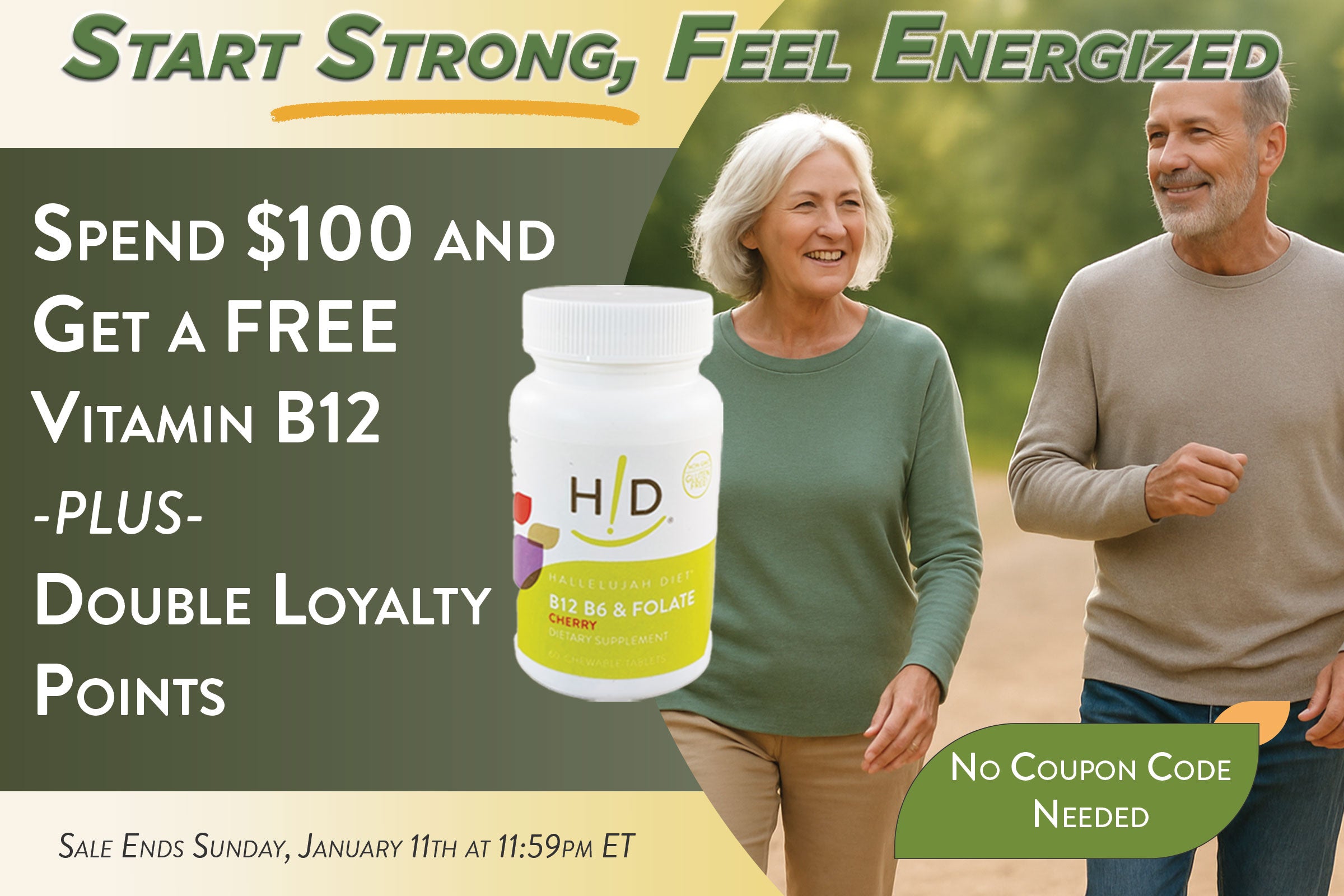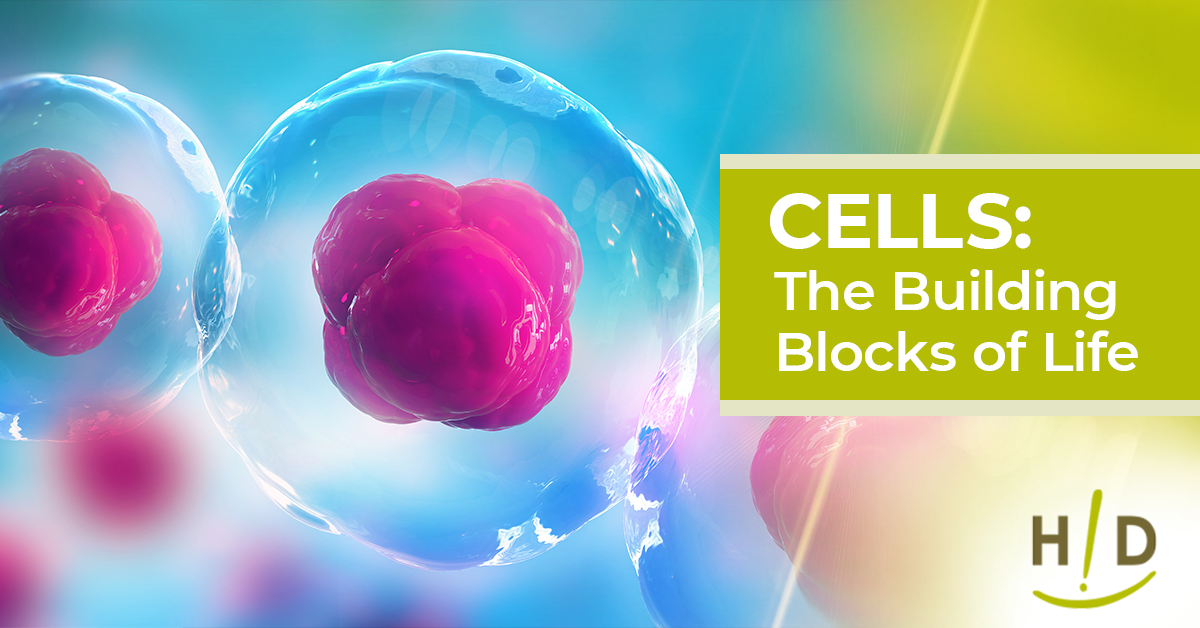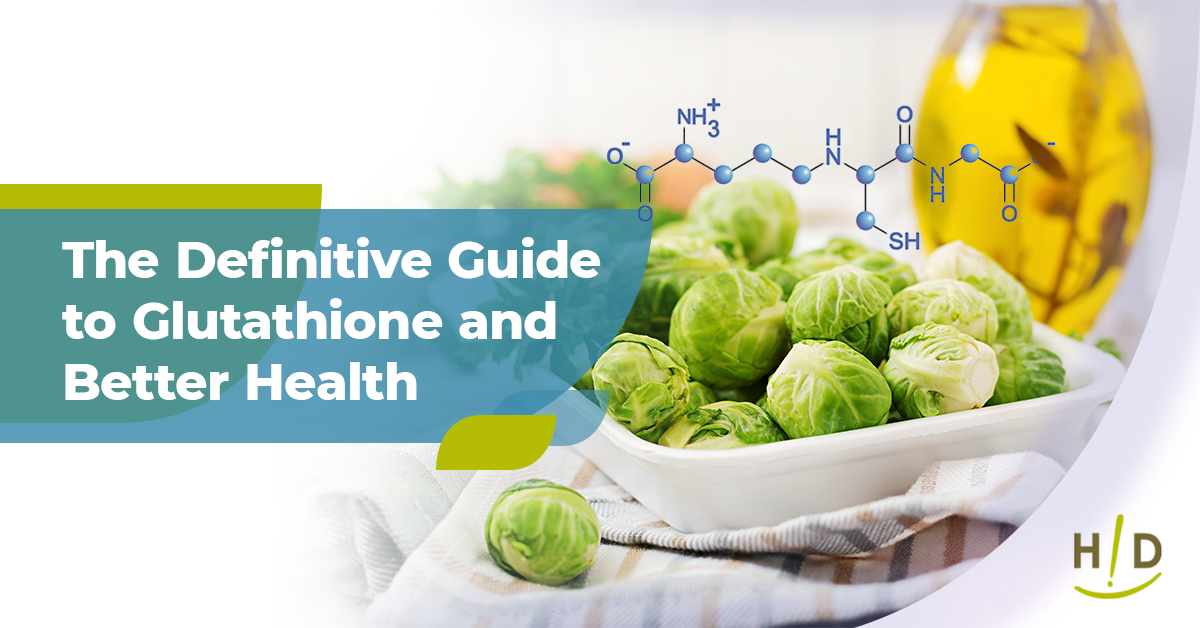The human body contains millions of cells that rely on healthy nutrition like proteins, vitamins and minerals. While the body can create some of these nutrients, it also requires essential vitamins and minerals from food sources.
Every living organism depends on its cells to function normally. Often referred to as “the building blocks of life,” cells are the biological, structural and functional units that carry out tasks in an organism. A collection of cells working together is called a tissue, while a series of tissues performing organized functions are called organs.
The human body contains trillions of cells, all with varying tasks that help support bodily organs; these include skin cells, nerve cells, blood cells, barrier function cells (supporting the lungs, gut) and more. Cells rely on good nutrition for energy production and to prevent oxidative damage.
The anatomy of a cell
Cells in the human body are so tiny that they are invisible to the naked eye--cells range in size from 1 to 100 micrometers. Even the largest type, the fertilized egg, requires the use of a microscope to see. They also have differing lifespans depending on their type and function: Some digestion-related cells can live for a few days while pancreatic cells can live up to a year.
 The human body’s cells are made up of the same basic structural parts, even though they may carry out different functions all over the body. Here are the main parts of a cell:
The human body’s cells are made up of the same basic structural parts, even though they may carry out different functions all over the body. Here are the main parts of a cell:

- Cell membrane: The semipermeable membrane surrounding the cytoplasm of a cell. Contains receptors that identify the cell to other cells and allow some substances through while keeping others out.
- Nucleus: The central part of the cell that contains genetic material (DNA) and is enclosed in a membrane; controls cell division and reproduction
- Cytoplasm: The thick substances between the cell membrane and the nucleus, containing the cytosol, organelles, cytoskeleton and various particles, that consume and transform energy and perform the cell’s functions.
- Mitochondria: Tiny structures inside every cell that provide the cell with energy.
- Stress (including physical, mental or emotional)
- Poor diet (including processed, high fat, high glycemic foods)
- Inadequate exercise
- Smoking
- Environmental contaminants (air and water pollutants, soil contaminants)
- Proteins are macronutrients found around the cell, inside the cell and on the cell membrane. Outside of the cell, proteins are part of your bones and soft tissue and help maintain their structures. Inside the cell, proteins act as enzymes responsible for energy production, help protect the cell from DNA damage caused by oxidative stress and, with fats, constitute the structural support of the cell membrane. Proteins that support the cell membrane are vital for the normal functioning of the whole body, helping communicate messages between cells and providing attachment sites where cells can connect with surrounding structures (example: bone cells attach to the bone matrix via proteins on the cell membrane). Good food sources: green peas, quinoa, pumpkin seeds, almonds, legumes, whole grains
- B vitamins are water-soluble nutrients that support the energy production of cells. Research shows that B vitamins, such as B1, B2, B3, B5 and B6, have specific roles in the mitochondria to support energy metabolism, that is, how your cells break down nutrients into energy your cells can use throughout the body. Good food sources: whole grains, beans, potatoes, bananas
- Omega-3 fats build and support the cell membrane and affect the function of cell receptors, which help create hormones that help with blood clotting, contracting and relaxing of artery walls and inflammation. These fats also bind to receptors in cells that help to regulate genetic function, which may be why those with diets high in omega-3s are linked to a lower risk of heart disease and stroke, as well as increased protection against some forms of cancer. Good food sources: flax seeds, walnuts, chia seeds, fish oil
- Vitamin E is a powerful antioxidant that protects the fat and protein components in the cell membranes from oxidative damage. Because of its ability to combat free radicals, vitamin E may help protect against heart disease, cancer and eye disorders. Studies also show the importance of vitamin E in brain function: a healthy intake of the nutrient can prevent or slow the rate of cognitive decline as the brain ages. Good food sources: sunflower seeds, almonds, spinach, avocado, extra virgin olive oil
- Vitamin C plays an important role in keeping the cell membrane and mitochondria healthy by recycling vitamin E back to an active form. As mentioned above, vitamin E is an extremely vital source of antioxidants that help keep cells healthy. Vitamin C is also vital to your immune system. Your white blood cells contain high levels of vitamin C to kill bacteria and disable viruses by literally eating them up (phagocytosis). Good food sources: citrus fruits, pineapple, bell peppers, berries, Brussels sprouts, broccoli, kale and other leafy greens







